
- About Us +
- Developments +
- Sustainability +
- Happenings +
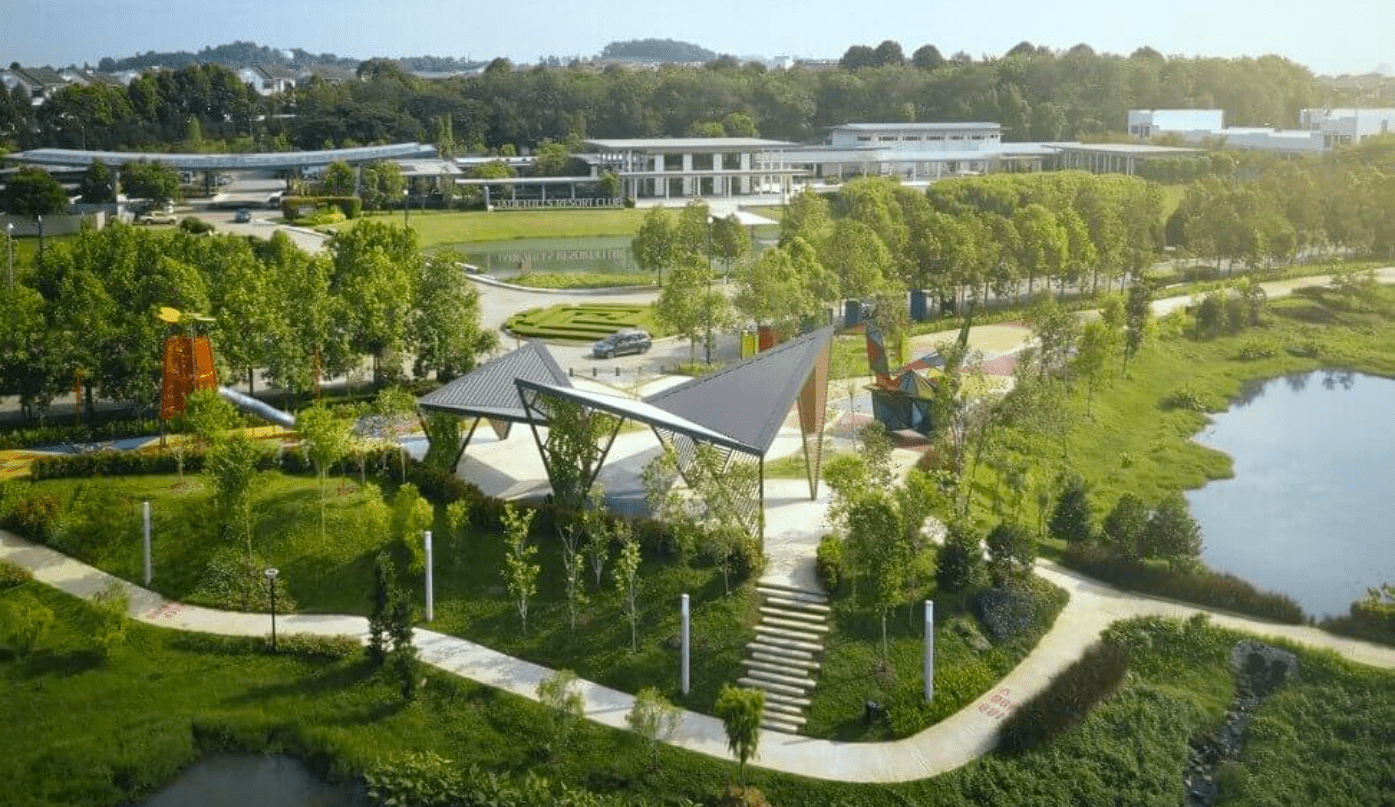
For many international policymakers, the urgent need to revive their recession-hit economies will also overlap with calls to introduce green initiatives to help improve public health and people’s quality of life, including better-designed infrastructure, higher-standard homes and effective environmental protection measures.
For Gamuda Land, a Malaysian developer of townships – smaller towns that form part of larger developments – the path to creating sustainable and liveable housing lies in its well-considered master planning, innovative designs and sustainable community buildings.
These development principles have been key to the success of its township developments built in Malaysia, Vietnam, Singapore and Australia over the past 25 years.
Developments that respect nature and environment
Gamuda Land carefully designs the infrastructure of its townships to ensure they offer greener, carbon-cutting neighbourhoods.
“Our focus on mindful planning and sustainability means we pay serious attention to place-making,” Ngan Chee Meng, CEO of Gamuda Land, says. This involves delivering not only homes, but the infrastructure that underpins strong communities, such as tree-lined streets, a town square and workspaces “that will become tomorrow’s heritage”, he says.
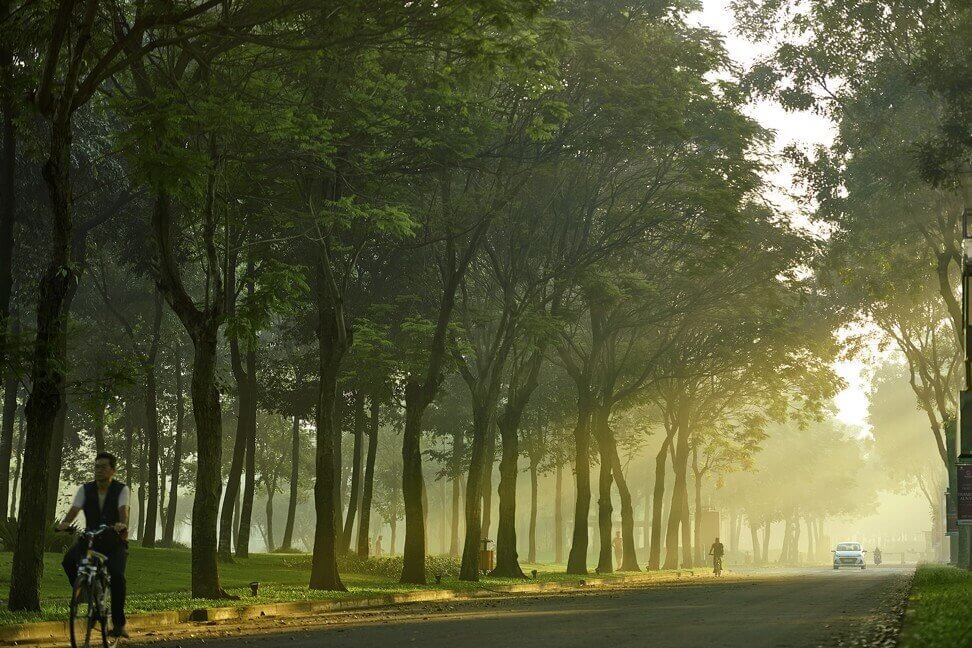
The company also adheres to its development principle of “listening to what the land has to say”, which ensures it preserves and rehabilitates the natural features of the land, including the hills, rivers, wetlands and forests, to ensure they blend naturally and seamlessly into its townships’ neighbourhoods.
“Building with respect to nature and the environment has been ingrained in us ever since our first development – Kota Kemuning, in Selangor, Malaysia, in 1995,” Ngan says.
The developer is now working on three new township projects in the country – Gamuda Cove, south of the capital, Kuala Lumpur, Gamuda Gardens, in Sungai Buloh, and twentyfive.7, in Kota Kemuning, both of which are located in the state of Selangor.
“Right from the beginning, we decided that all our townships will have a central park, where the community can come out of their home, get to know each other and look out for one another as neighbours – and that is what we have delivered over the years,” Ngan says.
Gamuda Land also complies with eight out of 17 of the United Nations’ Sustainable Development Goals – a blueprint to protect, restore and promote sustainable use of terrestrial ecosystems, sustainably manage forests, combat desertification, reverse land degradation and halt biodiversity loss, he says.
In 2018, the company took its commitment to the environment a step further, pledging to scientifically audit the health of biological diversity in its townships through Gamuda Parks, a self-driven initiative involving various NGOs and consultants who work with flora and fauna to improve the design and sustainability of the parks within its townships.
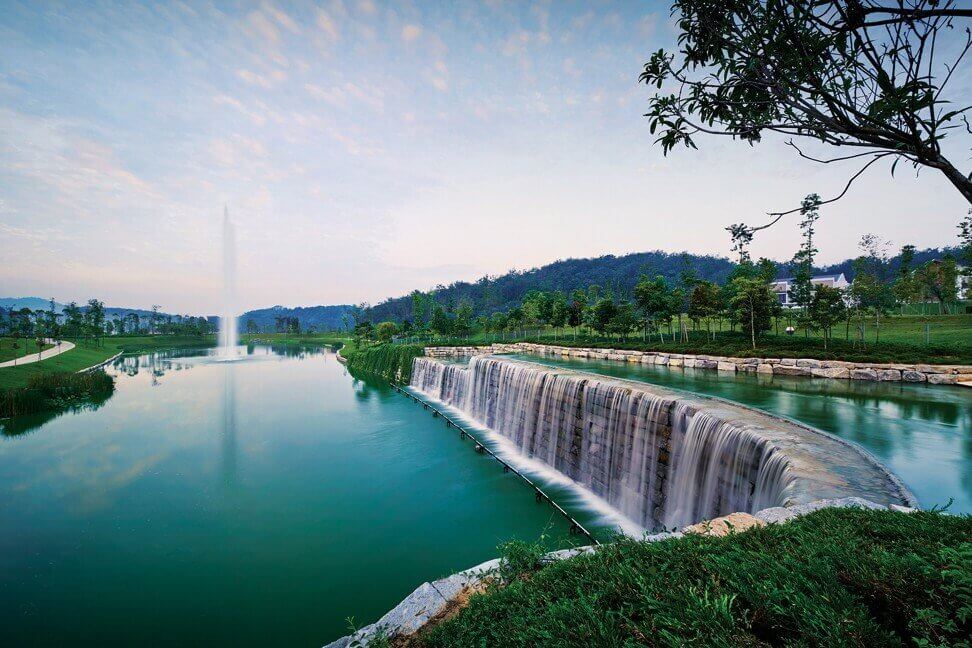
“It is the harmonisation of all these steps that will stimulate and persuade robust biodiversity – ultimately, the most cogent barometer for assessing environmental well-being,” says Dr Richard Chung, head of the Flora Biodiversity Programme and senior forest botanist at the Forest Research Institute of Malaysia (FRIM).
“The greater the volume and range of species within any given setting, the stronger the indication of a healthy ecosystem. This in turn will induce elevated green living conditions, which will positively influence the welfare of the people living in Gamuda Land’s developments.”
Chung and his team at FRIM provide input into the green pillar – or softscape ecosystem – management for Gamuda Parks. They have conducted field visits to perform and evaluate baseline surveys, reviewed proposed design master plans and contributed to the formulation of Gamuda Parks’ policy.
“We also undertook the challenging task of plant and species selection, which is essential as different plants will better serve the needs of different areas within the development,” Chung says.
In the past two years, Gamuda Parks has expanded its scope from landscaping to drive sustainability initiatives for Gamuda Land such as implementing the 6R – recycle, reuse, reduce, refuse, rethink and repair – programmes in all of its developments, as well as biodiversity enhancement programmes in its townships.
So far, Gamuda Parks has completed six biodiversity audits in Gamuda Gardens, Gamuda Cove, Valencia, Paya Indah Discovery Wetlands, Jade Hills and Horizon Hills. These audit reports will serve as a starting point for future audits to determine the health of the ecosystem in each township.
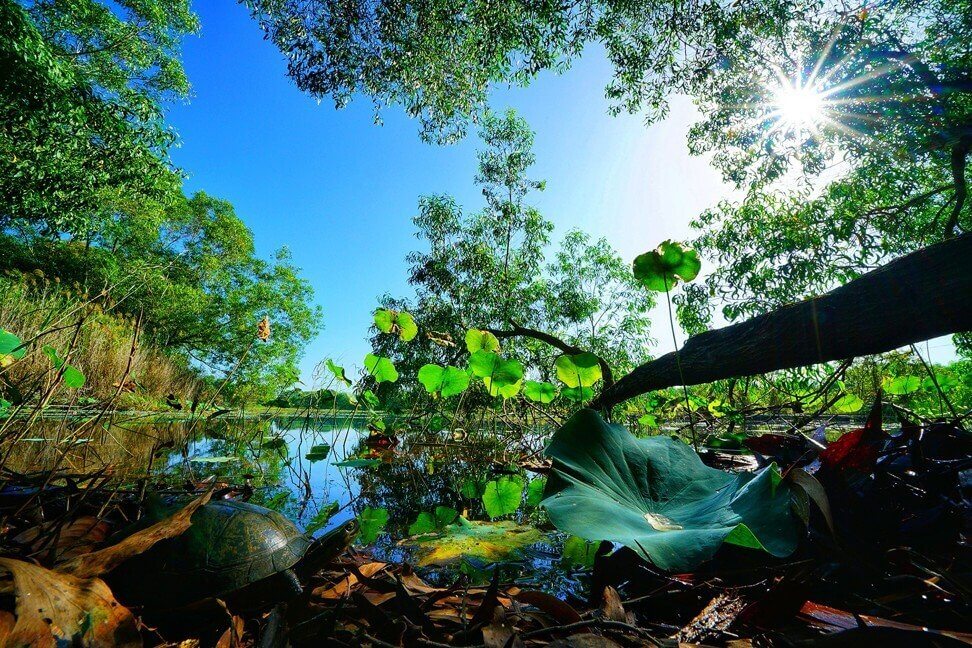
Up to last month, Gamuda Land had planted more than 280,000 trees and created 2,187 acres (885 hectares) of parkland and 432 acres of water bodies across its townships.
Gamuda Land plans to create a 90-acre Wetlands Forest Reserve Zone in its Gamuda Cove township, to stimulate its existing specimens and natural ecosystem along the banks of the existing streams and other waterways.
Gamuda Parks will also conduct an audit of the Zone’s existing trees – especially valuable threatened species included on the IUCN Red List – to help select those worth preserving and enhance the site’s biodiversity. The presence of these native species will protect the environment and increase the resilience of the ecosystem.
This botanical garden devoted to trees will also act as a transition between Paya Indah Discovery Wetlands and Gamuda Cove – a natural buffer zone that ensures residents and nature can coexist harmoniously.
A town based on community
Creating an inviting local community where a diversity of residents – including single adults, newly married couples, young families, business professionals and retirees – can easily get to know one another, look out for each other and live and play together, is vital for the developer.
“As a town-maker, it is our responsibility to create a place for everybody,” Ngan says.
“So our planning principles, right from the master planning to the architectural design, allows for these interactions and promotes that connectivity to others; you will know your neighbour,” he says, adding that providing the right infrastructure in the correct places within each town can enhance the community’s well-being.
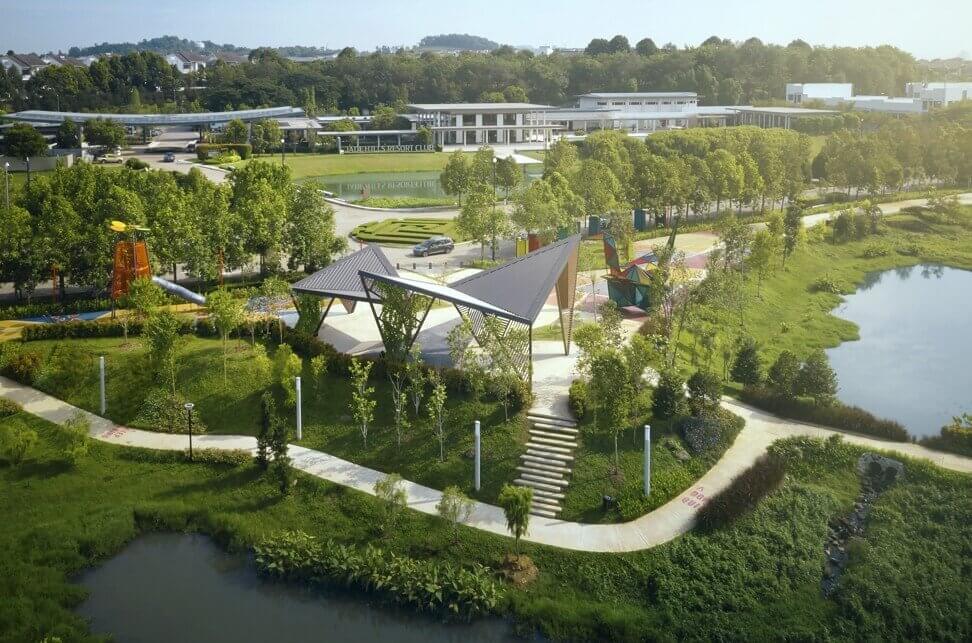
Good design also involves taking a long-term view to help sustain the future of each township, including detailed and careful planning, not only of the homes, but also the parks and play areas, and the designated areas for retail, restaurants and cafes, health care and education.
Gamuda Land has created retail and leisure attractions at its townships, including Quayside Mall and The Buzz.ar at twentyfive.7 and Discovery Park and Splashmania water theme park within its Gamuda Cove township master plan, so residents need not travel far. These attractions can act as a catalyst for growth in the surrounding areas of the townships.
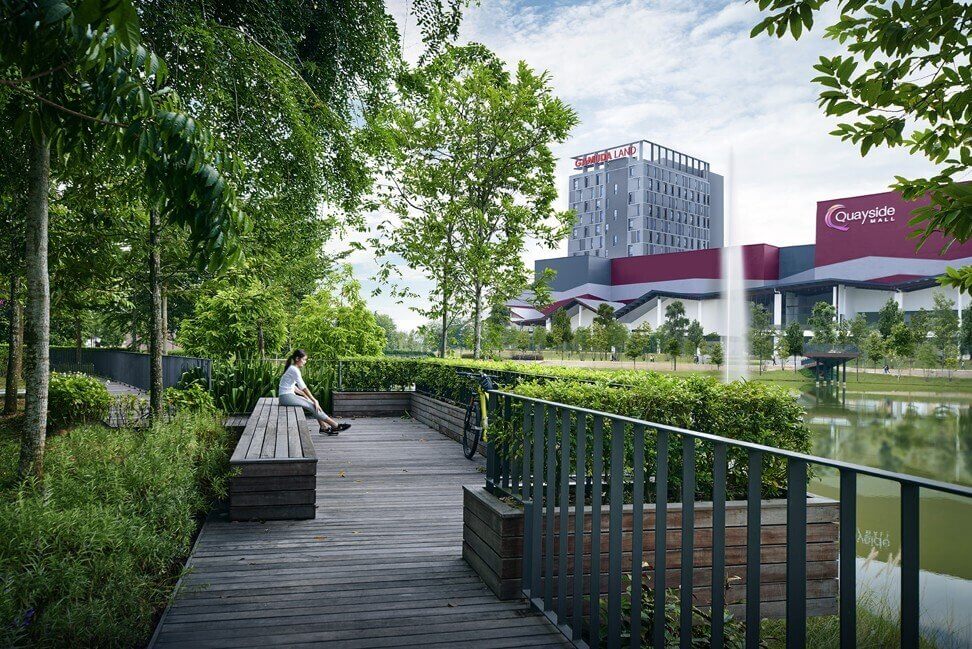
Creating smart and sustainable townships
There are many definitions of a “smart city”, which generally focus on the development of urban areas that use innovation and technology to collect data from electronic devices and sensors, which help solve challenges and improve their management and efficiency.
Yet a more holistic definition of a vibrant and sustainable smart city is an ecosystem comprising the integration of people, organisations and businesses, policies, laws and processes to create desired outcomes such as an enhanced quality of life and public safety, improved mobility and effective economic development.
A smart city should be adaptive, responsive and always relevant to the people living and working in it, or visiting it, by integrating technology to accelerate, facilitate and transform this ecosystem.
“If you look at it holistically, this is what Gamuda Land has been doing all along,” Ngan says.
“To us, being smart is not just about having hi-tech gadgets in our township. It means how we use technology to accelerate and facilitate our planning principles to achieve this balance in our townships,” he said, adding that it was important for people to gain a better understanding so they can embrace the idea of smart cities in future.
In recent years, Gamuda Land’s township developments have adopted smart city technologies to improve their sustainability and liveability.
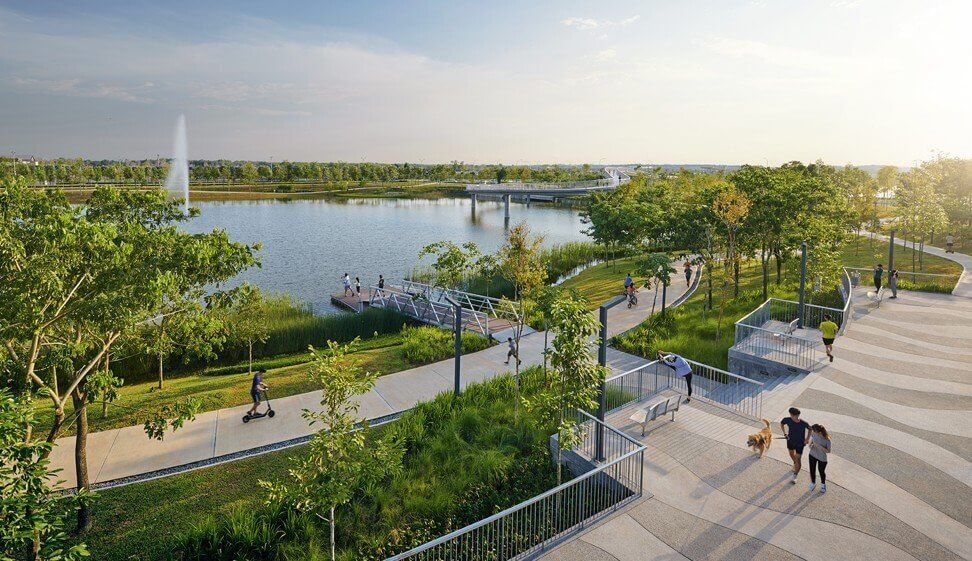
“One feature already in place is a smart LED street lighting solution with embedded air-quality sensors that relay information regarding the air pollution index in the township,” Ngan says.
“The solar-powered solution can sense vehicles and pedestrian movements and automatically adjust lighting intensity to optimise energy usage.”
Using technology and through years of experience, Gamuda Land also introduced a series of recreational lakes in its townships that function as a secretion pond during construction. While complementing the lush central parks, these lakes also act as flood retention ponds during the rainy season.
Gamuda Cove will also feature smart security solutions that use facial recognition technology as well as an app that offers real-time updates on tram and shuttle-bus services.
Yet virtual connectivity is just as important as physical connectivity, so Gamuda Land has formed a strategic partnership with Maxis, Malaysia’s leading communications service provider, to create the nation’s first 5G-enabled township.
“With wireless network speeds up to 10 times faster than 4G can achieve today, 5G is robust and powerful enough to support advanced applications, such as connected homes, smart city and smart living applications, resulting in a quantum leap forward into unimaginable possibilities,” Ngan says.
“When we think how people live in our towns and carefully look into the details, we can plan our towns in ways that can alter people’s habits without causing inconveniences to their lifestyle.
“Key to this is understanding our community’s behaviour and having the good foresight to implement our vision for each township.”